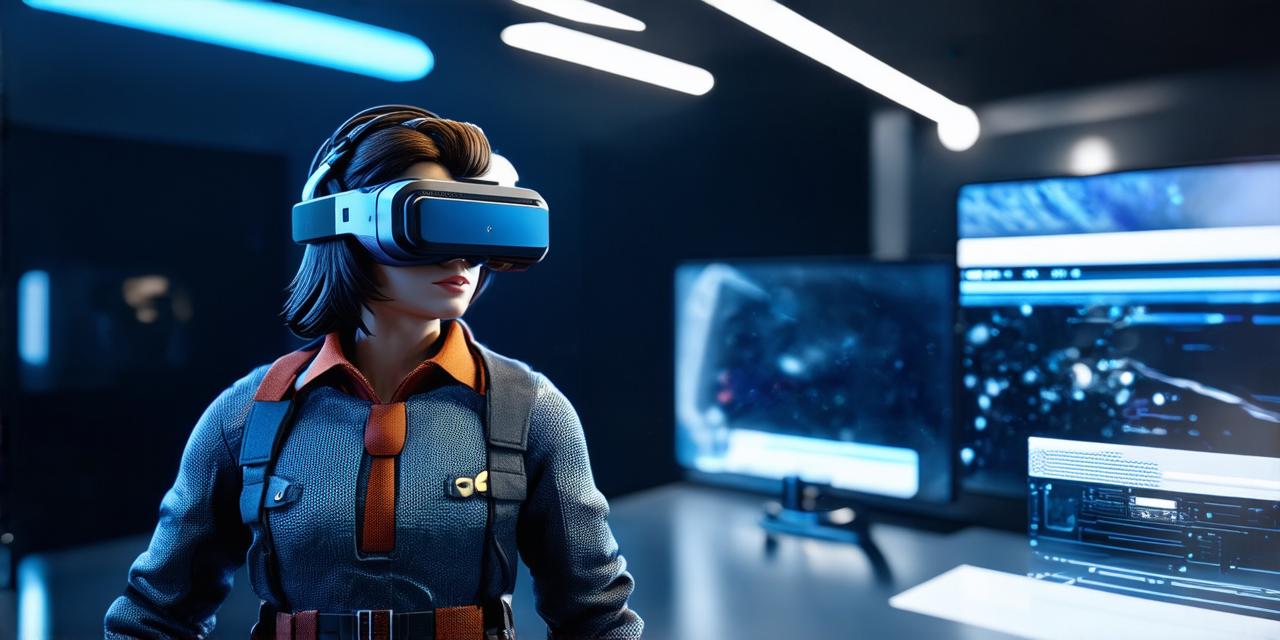Virtual Reality technology has been gaining popularity over the years, with its ability to create immersive environments that allow users to interact with them in ways previously impossible.
But what exactly is VR technology, and how does it compare to other forms of 3D and 4D media? This article will explore this topic further by defining what we mean by “3D” and “4D,” discussing how VR technology fits into this framework, and examining its advantages and disadvantages.
Firstly, let’s define what we mean by “3D” and “4D.” In the context of media, 3D refers to the use of computer-generated imagery (CGI) to create three-dimensional environments that can be viewed from multiple angles. Examples of 3D media include movies, video games, and CGI animations.
On the other hand, 4D refers to the addition of an extra dimension, usually time, to a 3D environment. This creates a more immersive experience by allowing users to move through the environment in real-time.
Now let’s look at how VR technology fits into this framework. At its core, VR is all about creating immersive environments that feel as if they are real.
To do this, VR systems use sensors and cameras to track the movements of users in real-time, allowing them to interact with the environment in ways that were previously impossible. This creates a highly immersive experience that can be difficult to distinguish from reality.
One of the key advantages of VR technology is its ability to create truly realistic environments. Because VR systems are tracking the movements of users in real-time, they can respond to those movements in ways that other forms of media cannot. For example, if a user reaches out to touch an object in a VR environment, the object will respond in a way that feels realistic and natural.
Another advantage of VR technology is its ability to create a sense of presence. Because VR systems are tracking the movements of users in real-time, they create a sense of presence that other forms of media cannot. For example, if a user is standing in a virtual room, they will feel as if they are really standing in that room.
Despite these advantages, some people have argued that VR technology is not truly 3D or 4D. They argue that because VR environments are created using computer-generated imagery (CGI), they are not truly three-dimensional in the same way that other forms of media are.
Additionally, because VR systems are tracking the movements of users in real-time, they are not truly four-dimensional in the same way that other forms of media are.
However, many experts believe that this is a misconception. While it’s true that VR environments are created using CGI, they are still highly immersive and realistic. Additionally, because VR systems are tracking the movements of users in real-time, they create a sense of presence that other forms of media cannot.
This creates a highly immersive experience that can be difficult to distinguish from reality.
In conclusion, while some people may argue that VR technology is not truly 3D or 4D, there is no doubt that it is a highly immersive and realistic form of media. By using sensors and cameras to track the movements of users in real-time, VR systems create a highly immersive experience that can be difficult to distinguish from reality.
This makes VR technology a powerful tool for virtual reality developers, allowing them to create truly immersive environments that can be used for a wide range of purposes, from gaming and entertainment to education and training. With the rapid advancements in technology, we can expect VR technology to continue to evolve and improve in the coming years, making it even more immersive and realistic than ever before.

